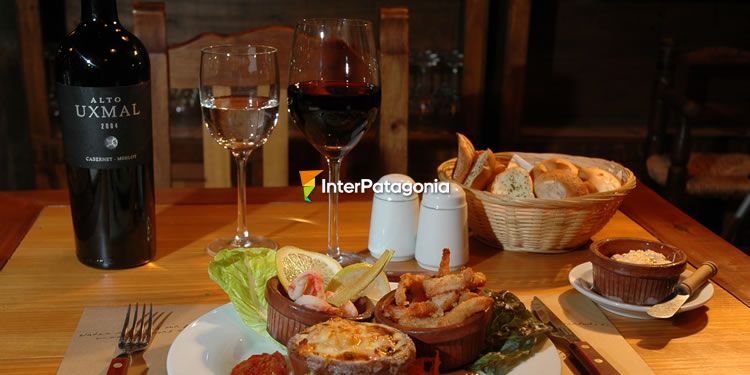Wine has its particular language, quite sophisticated. Raymond Dumay in his book “Guide du Vin” (Wine Guide) quotes 97 words used to describe wine and he states that he has extracted several definitions from the “Vocabulaire” (Vocabulary) published by Camilla Rodier in her work "Le vin Bourgogne" (The wine from Burgundy).
Here are some of those definitions with their corresponding meanings:


...the construction of casks to age wine is a hard and devoted task, which requires great knowledge and skill; and wood is an essential component in the production of wines. It is well known that oak is the best wood when it comes to aging wines. This is a resistant kind of wood, easy to cut along its cracks and which does not lose its firmness when bent by craftsmen. The oak boards that make up a cask are called staves and they are given a special shape by means of a steaming process. In order to avoid leaks, Dutch rush half-stem are placed between the staves as their fiber is quite flexible and hard to alter in the long term. Finally, the set of wooden boards is fixed by means of metallic hoops. The inside of the casks is then subject to a toasting process called bousinage. The purpose of this treatment is to favor the transference of molecules which may contribute to the wine aroma. The inside toasting may be done in three levels of intensity: light burning (blonde shade), medium burning (brown shade), and strong burning (black shade), according to the intensity of aromas aimed at. This is one of the so many secrets for the making of good wines; a secret closely related to the art of cooperage.
Source:"Wine, Knowledge and Passion"